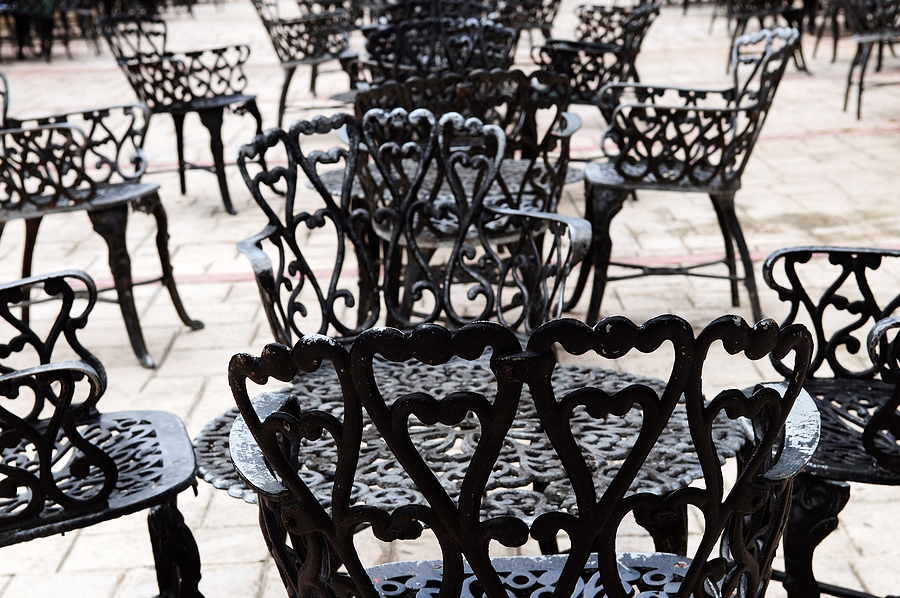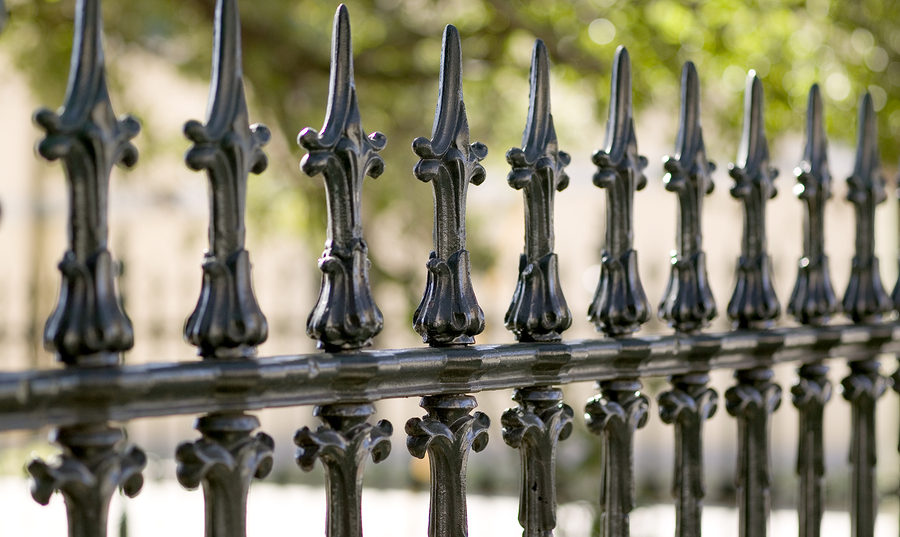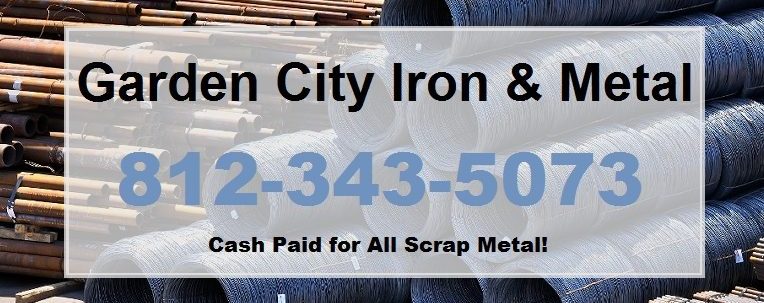It is a common misunderstanding to confuse wrought iron and cast iron for the same material. The fact is, wrought and cast iron are two totally different alloys, each retaining their own set of unique properties and attributes. Above all differences, the main distinction is the manner of manufacturing. As the manufacturing of wrought iron and cast iron materials are only expected to increase in volume, it is important that we responsibly recycle all ferrous materials. If you are wondering whether you can recycle your wrought iron items, you have found the right source of information.
Scroll down to review some pertinent facts about the differences between wrought iron and cast iron, plus how to recycle them both in Central Indiana!

Wrought Iron Versus Cast Iron
Wrought iron is iron metal that has been heated (tempered) and shaped with tools. It contains a composition of elemental iron and small traces of slag (stony by-product of smelting ores). As you would expect, wrought iron is very soft and ductile, and therefore easily formed with tools like mallets, press brakes, drills, hammers, and more.
One of the most revered attributes of wrought iron is its ability to be reheated and reformed over and over again for future applications. While reheating and shaping multiple times would make most metals brittle, it makes wrought iron stronger. Wrought iron is a ferrous metal since it contains iron. Do not be fooled when shopping for wrought iron consumables. Some companies will call their product wrought iron when in fact it’s just painted metal.
Cast Iron is more than just your favorite kitchen skillet or backyard patio chair set. It is iron that has been smelted down to liquid form, then transferred into custom molds to cure (harden). So, while wrought iron is formed (often manually) using tools, cast-iron is formed by curing them in molds. Cast-iron contains less than 4 percent carbon, which is actually more compared to wrought iron metal composition.
Cast iron also contains traces of magnesium and silicon. Sometimes, cast-iron manufacturers will add sulfur and phosphorus to the metal composition for added hardness. Compared to wrought iron, cast iron is brittle and not easily malleable, yet it does have high compression strength.
How to Recycle Wrought Iron in Indianapolis
Fortunately, all metals can be recycled, including wrought iron! Your priority for recycling. Wrought iron should be finding a reputable and responsible scrap metal recycling center in Indianapolis. They have the resources, equipment, and capital to responsibly scrap your iron materials in accordance with all local and state regulations that govern metal recycling. Furthermore, reputable scrappers have the capital to pay you the full and fair amount for your scrap iron recyclables.
Common household items made of wrought iron that can be recycled include:
☐ Gates
☐ Fencing
☐ Patio Furniture
☐ Railing
☐ Chairs
☐ Spindles
☐ Benches
☐ Wall Art
☐ Home Décor
☐ Grills
Are you wondering which scrap metal buyers to choose for the highest payouts and easiest scrap metal recycling process in Indy? Just contact Garden City Iron & Metal at 1-888-586-5322 for the highest standards of professionalism, and the highest payouts for metal recycling in Indianapolis, Indiana.
Related Posts:
Do You Know What Makes Brass and Bronze Different From Each Other?
The Difference Between Wrought Iron and Cast Iron
Distinguishing Between Wrought Iron and Mild Steel


